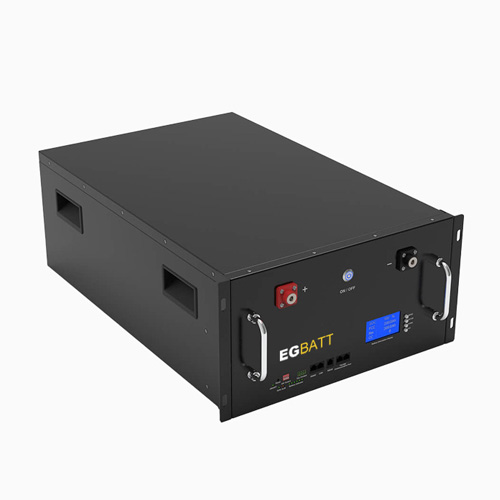A Battery Management System (BMS) is designed to safely monitor and effectively manage a battery pack, improving its efficiency and ensuring reliable operation. For electric vehicles, proper control of battery charging and discharging through the BMS helps extend driving range, prolong battery life, reduce operating costs, and guarantee the safety and reliability of the power battery system. Today, the BMS has become an essential core component of electric vehicles.
A power battery management system typically includes the following functions:
data acquisition, battery state estimation, energy management, safety management, thermal management, balancing control, communication functions, and human–machine interface (HMI).
According to structural design, BMS architectures can be divided into three types: centralized systems, distributed systems, and integrated systems.
(1) Centralized System
In a centralized architecture, the central control unit and data acquisition unit together form the complete power system management module. The system samples basic electrical parameters such as voltage, current, and temperature across the battery pack. These data are then processed, calculated, and analyzed by the BMS central processor, which makes decisions and executes corresponding control actions.
Advantages
Lower material cost
Unrestricted communication between system components
Convenient safety management
Simplifies parameter adjustment and firmware updates
Faster measurement speed and higher reliability
Highly flexible software that can be modified inside the central processor to meet different application needs
Disadvantages
Challenges in voltage measurement of series-connected cells (such as grounding, isolation, and precision issues)
Higher technical complexity due to large-scale centralized sampling
(2) Distributed System
In a distributed system, data acquisition is decentralized. Each battery module is equipped with its own acquisition unit. These units communicate with the central BMS through a shared bus. Charging control, discharging control, and other modules may also be separate from the central processor. In some designs, there is no central BMS board at all—data is transmitted directly to the vehicle’s main controller.
Advantages
Reduced wiring complexity
Easier system expansion
Convenient for modular installation
High sampling accuracy with local processing
Supports more accurate battery state estimation
Facilitates standardized power system design
Disadvantages
Higher overall cost
Lower system flexibility and more complex modifications
Serial bus communication limits real-time performance
Slower system-wide polling speed
Multiple acquisition boards increase wiring inside the battery pack, making maintenance more difficult
More cost-effective for large battery systems composed of multiple packs
Most BMS manufacturers currently adopt this distributed architecture
(3) Integrated System
Integrated systems use highly integrated battery management chips. Many advanced chips—such as the DS2438—can conduct real-time monitoring of battery parameters including charge/discharge status, voltage, current, temperature, remaining capacity, and operating time. These chips automatically collect battery data, store them in EPROM/RAM, and communicate with controllers through a single bidirectional data line.
However, some battery management tasks—particularly safety-related ones—must still be handled by multiple devices. Under normal conditions, these devices have little or no communication with each other, making system-level optimization difficult. Another drawback is that battery-related control functions are distributed across different devices, and each device must be customized for specific battery types.
In electric vehicle applications, a single battery cell cannot meet the requirements for acceleration, climbing performance, or top speed. Engineers must connect many cells in series and parallel to meet the vehicle’s power and energy needs. For such large-scale battery systems, the topology of the BMS becomes extremely important. It directly affects system cost, reliability, ease of installation/maintenance, and measurement accuracy.
Generally, the hardware portion of the BMS consists of the Battery Monitoring Circuit (BMC) and the Battery Control Unit (BCU). Based on the structural relationship among the BMS, BCU, and individual battery cells, BMS architectures are categorized into centralized and distributed topologies.





